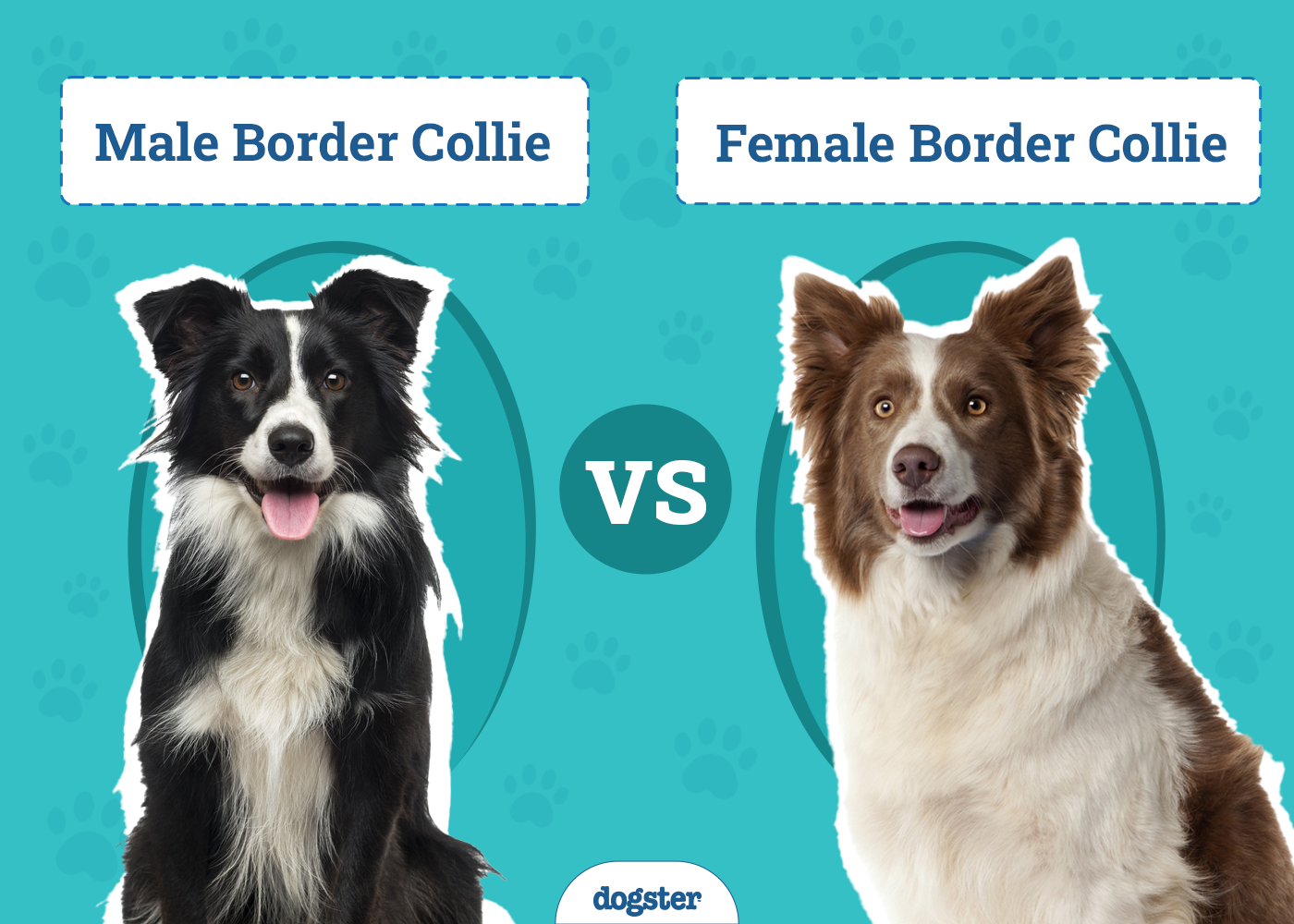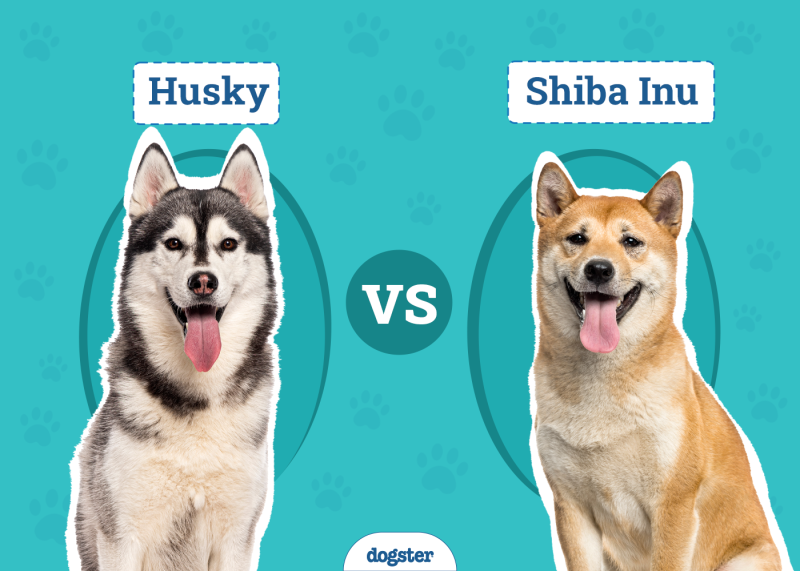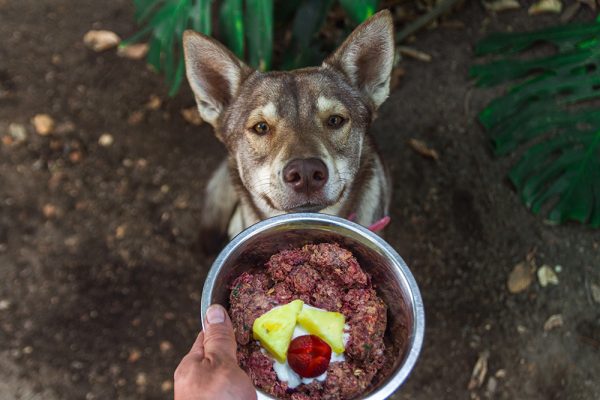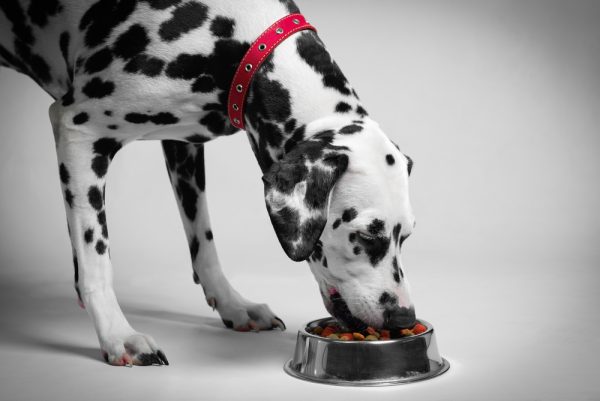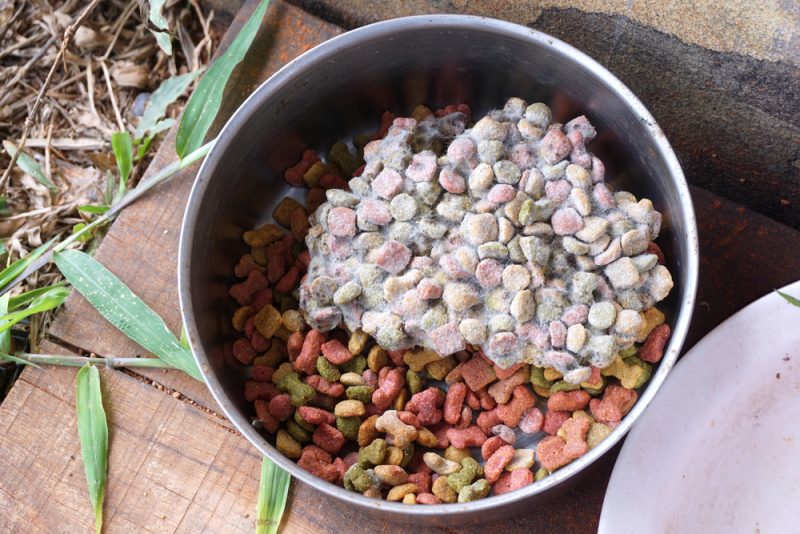In this article
Border Collies are increasingly popular dogs. If you’re considering adopting one, it is essential that you choose the right sex for you. While both males and females are quite similar to each other, they do have a few key differences.
In this article, we look at the differences between male and female Border Collies. For the most part, the sexes have more in common than they have differences. However, that doesn’t mean that you shouldn’t take sex into account when adopting a Border Collie puppy.
Visual Differences
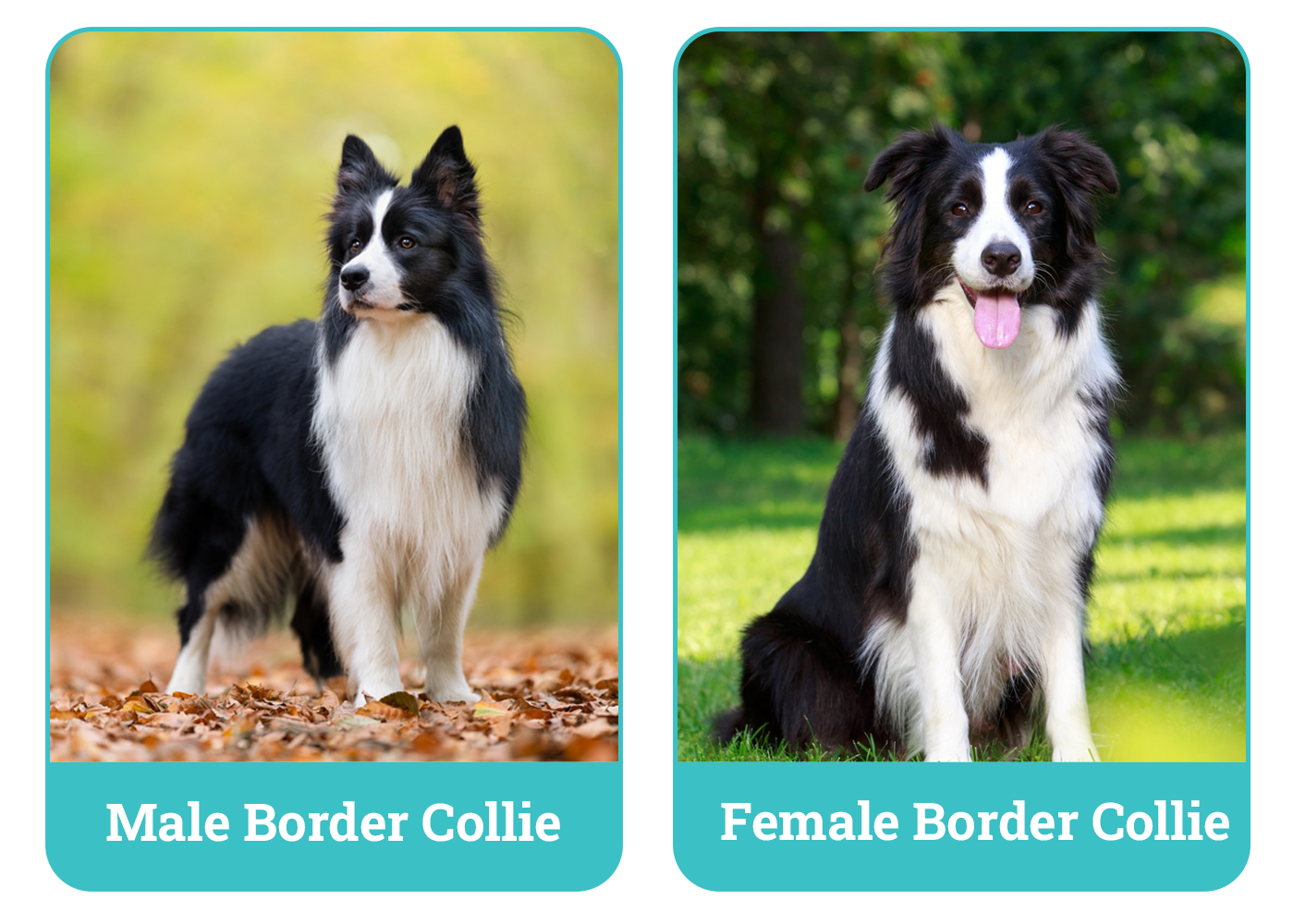
At a Glance
- Average Height (adult): 19–22 inches
- Average Weight (adult): 31–44 pounds
- Average Height (adult): 18–21 inches
- Average Weight (adult): 26–42 pounds
Border Collie 101
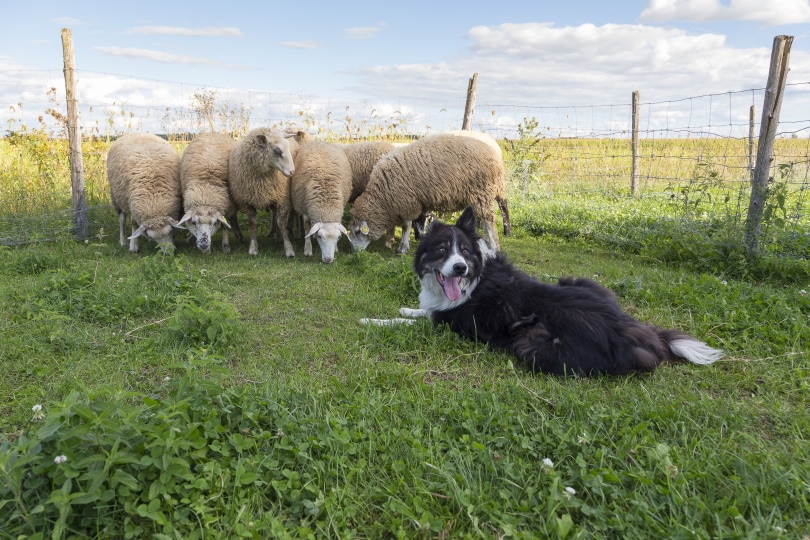
The Border Collie comes from the Anglo-Scottish border region in the United Kingdom, hence their name. They were developed and bred to herd livestock, specifically the sheep common in that region.
As a breed, the Border Collie is known as one of the smartest dogs in the world. They are extremely energetic and intelligent, which is why many people choose to adopt them. However, they can also be quite the handful due to those exact traits.
They require extensive amounts of exercise and training to remain healthy and happy. If their needs aren’t met, they can become destructive and difficult to manage.
Today, they are still utilized for herding and are considered one of the best breeds in the world for the job. If someone needs livestock herded, they often employ Border Collies. Their natural herding instinct means that they require little training in the area.
They are also regular champions in canine sports, including dog obedience, herding, and agility. Their high intelligence makes it easy for them to partake in these sports. In many cases, canine sports provide them with the outlet that they need to thrive.
Of course, these dogs are also commonly kept as pets. They are great companion animals for those who want to take part in canine sports or other events. However, their high needs make them a difficult option for those who simply “want a dog.” We only recommend them for experienced dog owners, given their high exercise and training needs.
Male Border Collie Overview
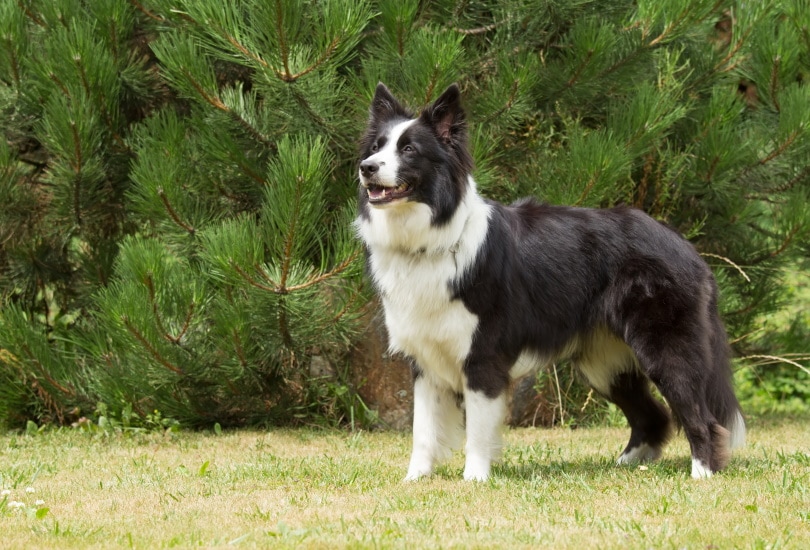
Personality/Character
Currently, there is no solid scientific evidence on the difference between male and female Border Collie temperament. However, anecdotal evidence does suggest that male Border Collies tend to be easier to handle and are more devoted to their owners.
If the male is not fixed, he can display the tall-tale marking behavior that is common among all male dogs. You will also need to deal with their behavior should they smell another dog in heat.
Males also tend to be more aggressive than females. Based on bite statistics, males do bite more than females do. This fact may be especially true for intact males.
Training
All Border Collies are relatively easy to train. They are extremely intelligent and people-oriented. Therefore, they are great options for those who plan on doing a great deal of training. However, they also need that training, or they can become bored and destructive. This tendency to get bored may be particularly troublesome with male dogs, though we don’t have any scientific information to back up this claim.
Male dogs do tend to be more likely to roam, which needs to be combated with training. Teaching them a recall command may be slightly difficult, though, because they are more likely to wander off.
However, that doesn’t necessarily mean that males are more difficult to train overall. Their tendency to roam may simply need to be considered.
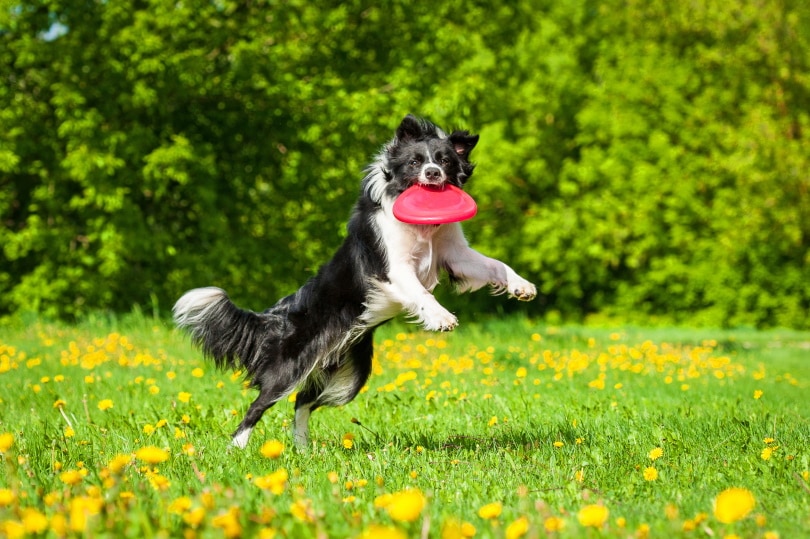
Health & Care
Overall, there aren’t many health differences between male and female Border Collies. Some studies have found that male dogs are more likely to develop problems with hip dysplasia. In many cases, this is likely because males are often larger and therefore, take a bit longer to grow. However, other studies have found no difference overall.
That said, males are more likely to develop certain cancers and other issues. They are not more prone to certain inherited conditions, though, like glaucoma and neuronal ceroid lipofuscinosis (NCL). They can develop the same eye problems that females do and often at a similar rate.
- Glaucoma
- Hip dysplasia
- Eye conditions
- NCL
- Certain cancers
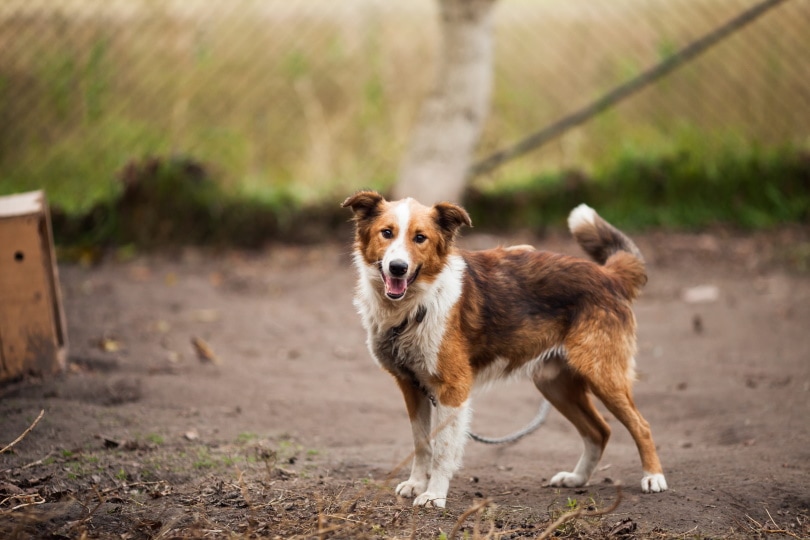
Breeding
Of course, males are quite different from females in terms of breeding. Breeding Border Collies is often somewhat difficult due to their high exercise needs. In many cases, male studs are much more common than breeding females. The upkeep of these dogs is simply too much to make larger kennels common.
Some male dogs have been quite prolific over their lifetime, producing many different puppies. In fact, the basis of the Border Collie breed is often considered to be a single stud dog.
However, while males can often breed once a day, this is not recommended. Eventually, you’ll end up with far too many related puppies, which can make future breeding extremely difficult. For the breed to be strong, different males need to be studded.
- Not prone to any special health conditions
- Easy to breed
- Easy to handle
- Intelligent
- More likely to wander
- Increased marking
- Might be more prone to hip dysplasia
- Higher bite chance

Female Border Collie Overview
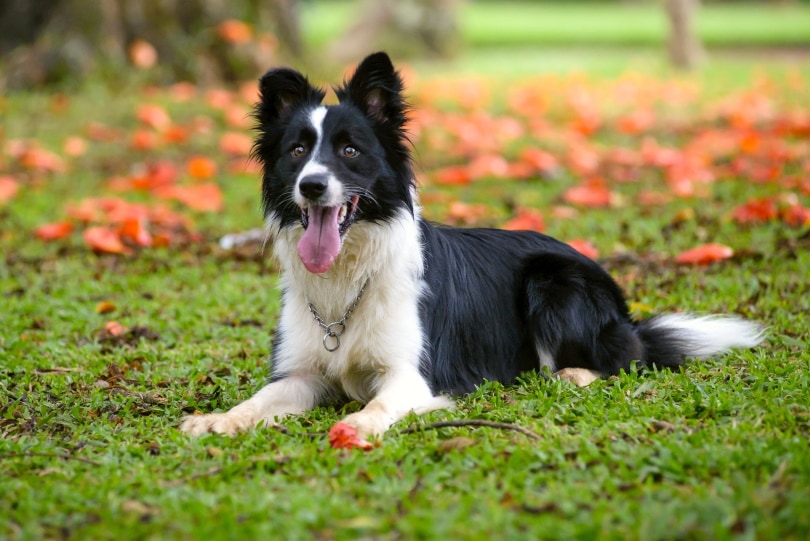
Personality/Character
For the most part, females are similar in temperament to males. They do have a lower chance of aggression, though how much lower is debatable. In the end, how you raise the dog is always more important than the dog’s sex.
Females undergo many more personality changes over their lives than males. They go into heat twice a year, during which time, they can become much more affectionate. Their hormones vary throughout their heat cycle, which affects their personality.
Therefore, pinning down a female’s temperament can be more difficult. Depending on where they are in their cycle, they can act like a completely different dog.
Training
Females are often considered to be easier to train. They do not usually have the common marking and inappropriate urination problems that males do. Males are much more likely to mark their territory, though this isn’t unheard of in females either.
In some cases, females are considered less likely to wander around. Theoretically, this may make training easier. Recall commands may be simpler to teach, and the female may pay closer attention to training in general.
However, any actual differences are likely to be small and insignificant. You probably won’t notice much of a difference between males and females in the field.
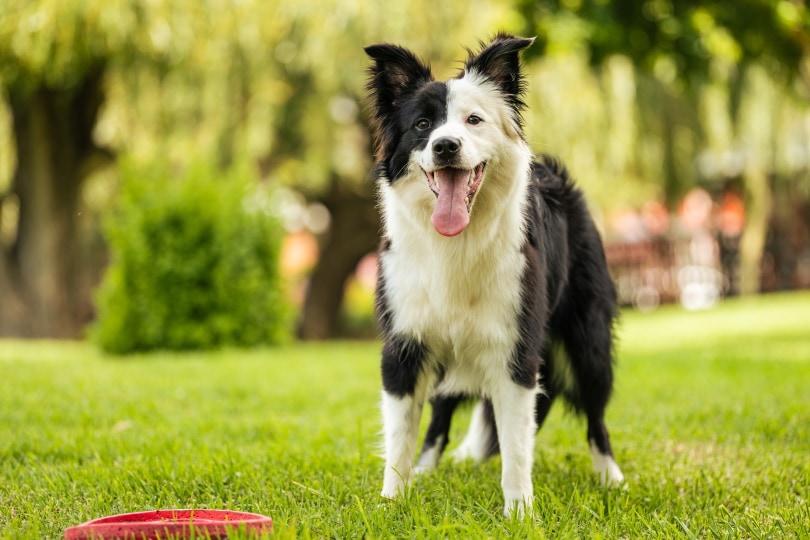
Health & Care
Females are slightly different biologically than males, which makes them more prone to certain health conditions.
First, females can get certain forms of cancer that males cannot, like uterine cancer and cervical cancer. However, the same thing can be said for cancers of the male’s reproductive system, so it usually isn’t a significant health consideration.
Second, females may be less likely to develop hip dysplasia, likely due to their smaller size. However, the real-world difference is likely small. The dog’s genetics and how they are raised are much more important than their sex.
Females can develop all the health conditions common in the breed, including Collie eye anomaly and similar inherited disorders.
- Glaucoma
- Hip dysplasia
- Eye conditions
- NCL
- Certain cancers

Breeding
Breeding females is much more thoroughly involved than studding a male. Males are one-and-done. They aren’t involved in anything after mating. However, with a female, you have to take care of the pregnant dog and her litter, which is much more work.
Females go in heat about twice a year and can only breed during this time. Breeding a female involves exact timing, while males can generally breed whenever.
When breeding females, you should wait until they are fully grown. Unlike males, females have to physically carry the litter, which can put a serious strain on their health. If the female is still growing, her own growth could be affected because her body is attempting to grow puppies. Therefore, females are often bred later than males in general.
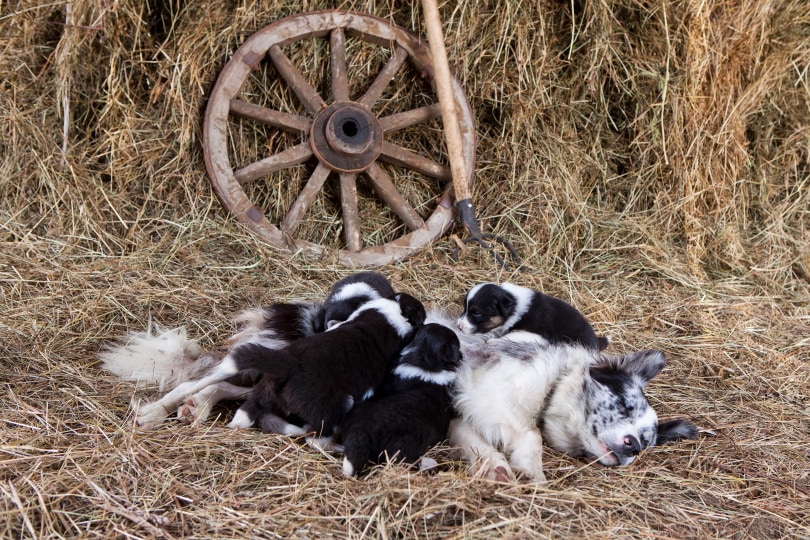
- Easier to train
- Lower bite chance
- Fewer territorial and marking behaviors
- May be less prone to hip dysplasia
- Hormonal cycle affects temperament
- More difficult to breed
- Prone to female-specific cancers

Which Sex Is Right for You?
For the most part, choosing a sex isn’t a make-or-break decision for prospective Border Collie owners. Both sexes are extremely similar to each other. Therefore, you don’t need to have your heart set on a particular sex before adopting a puppy.
In some cases, it may be best to base your puppy choice on other factors, like coloration and quality. While Border Collies aren’t exceedingly uncommon, you will find a suitable puppy faster if you are willing to adopt a dog of either sex.
There aren’t significant differences between males and females. Males are a bit bigger, but not by much. Still, if you’re looking for a smaller dog, you may want to consider adopting a female. However, this isn’t a guarantee, given that some females can grow to be quite large.
That said, males are more prone to sex-specific behaviors like urine marking. With a female, you typically won’t need to deal with these behaviors.
Overall, the sex that you decide to adopt probably won’t have a huge impact on your dog-owning experience.
Related Reads:
- Best Dog Foods for Border Collies
- Border Collie vs Australian Shepherd
- Essential Border Collie Supplies to Get You Started
Featured Image Credit: Up – BIGANDT.COM, Shutterstock; Down – Lucia Horvath Photography, Shutterstock
